What sensible and promising alternatives to plastic are there from research? This question not only concerns scientists, but also us consumers, retailers and, of course, environmentalists. Because anyone whose heart beats for sustainability senses the Plastic masses in the environment and the other consequences of the plastic caused at least a brief interruption in his ECG. So it's time to look at what material could replace plastic in the long term.
In this article, you will find out everything you need to know about the best existing and future Plastic Alternatives from research.
Why do we need plastic alternatives from research?
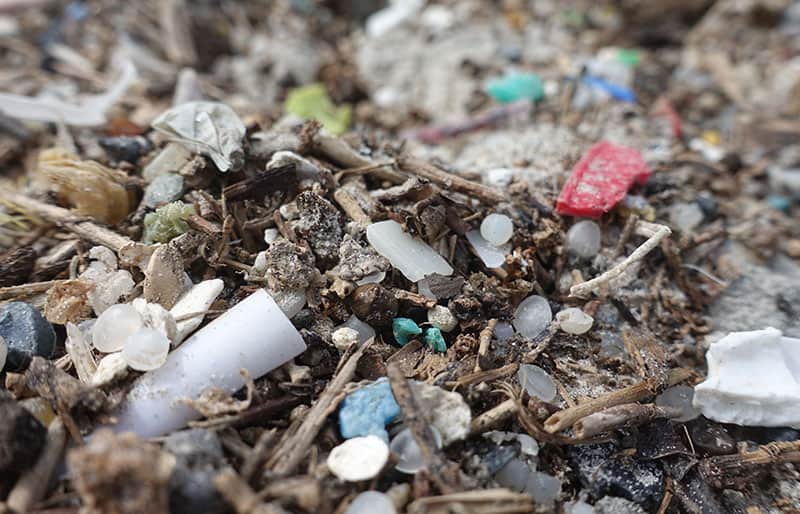
Before we talk about the six alternative materials as plastic substitutes, we need to briefly explain why so many people are longing for a sensible alternative in the first place.
These are the reasons that drive us the most:
- Eternal material: Plastic is not biodegradable and does not rot. Even the smallest piece Microplasticsthat has ever been produced is still somewhere on our planet. While 1.5 million tons were produced worldwide in 1950, this figure had already risen to 322 million tons by 2015.₁
- Limited raw material: Plastic is made from petroleum or crude oil, a raw material with limited availability. A sustainable alternative for plastic made from renewable materials is needed.
- Toxic material: We are also crying out for plastic alternatives from research, because conventional plastic is toxic. Our children in particular need to be protected from plasticizers as they interfere with our children's development. In addition Plastic also in our food chainbecause fish eat microplastics and they end up back on our plates.
- Plastic kills nature: We create unnecessary plastic packaging and thousands of convenient disposable products. Because we do not handle plastic properly, 135,000 marine mammals and 1 million seabirds die every year as a result of our plastic waste in the environment. Plastic is also spreading diseases to continents where they did not previously exist through the swirls of waste in the sea.
In the article about the Plastic disadvantagesI have explained the problems caused by plastic in more detail. More important now, however, are the alternatives to plastic that science is providing us with.
What are the plastic alternatives from research?
Now let's take a closer look at which material is actually capable of replacing plastic in a meaningful way. Because even the Plastic advantages we do not want to conceal. The suitable material must be similar to Lightweight, heat-insulating, heat-resistant, clean, flexible and, above all, inexpensive but also Natural and biodegradable be
Phew, not so easy, is it? Research currently holds out the prospect of the following plastic alternatives.
1. sugar cane as alternative material
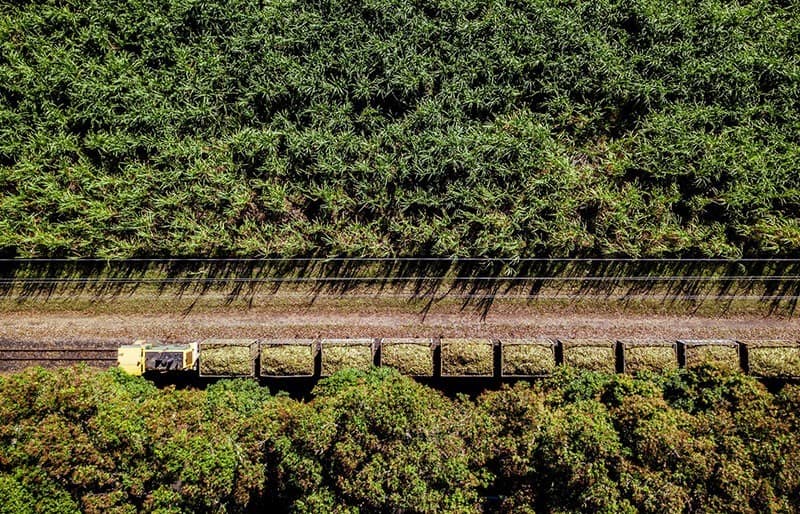
Many alternative products made from sugar cane are already available today. These range from plastic bags to disposable plates. The material is made from the fibrous sugar cane fibers. Remains of sugar production. Sugar cane is often used as an example of the so-called Bioplastics that still attracts a lot of criticism today.₃
Even though plastic made from sugar cane helps to reduce CO2 While sugar cane can be used to save energy and make disposal easy, fields with sugar cane must of course be cultivated. This consumes diesel, for example, as well as fertilizers, which in turn can pose a threat to the surrounding ecosystem.
This research-based alternative to plastic is therefore not yet a suitable replacement for conventional petroleum-based plastic.
2. plastic from mushrooms
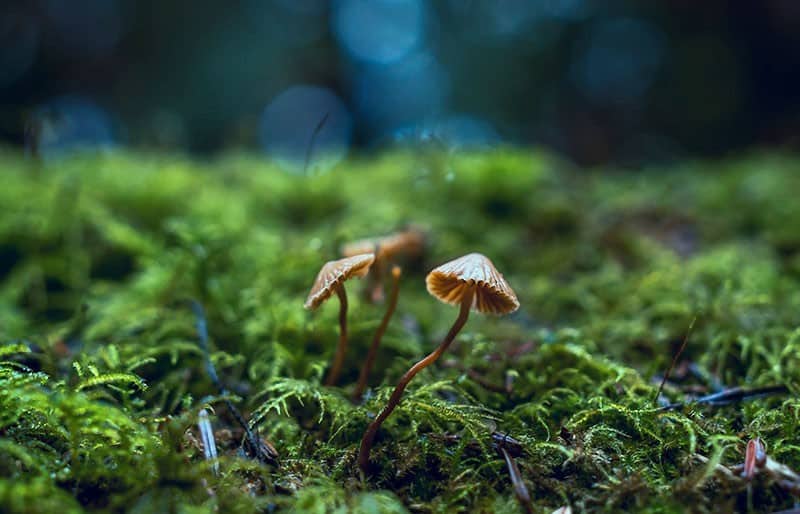
A mushroom can also be a suitable alternative to plastic from research. It is called Mycelium (or also Mycelium) and basically refers to the entirety of all filamentous cells of a fungus. The denser the filaments are, the more clearly they can be seen with the naked eye. Incidentally, they are found in almost every square centimeter of the soil and provide a very flexible material. Researchers have already been able to use them to make bricks or lampshades, for example.₄
The mushrooms only need water and a constant supply of carbon to grow. During production, a kind of moist glue is initially obtained, which becomes a stable and resilient material after drying.
Even though Mycelium is particularly suitable as a packaging alternative for plastic, it can also be used to make very good sustainable leather produce, as is the case, for example MycoWorks is already demonstrating.
Side note: There is even a fungus that can eat petroleum-based plastic. Pestalotiopsis microspora It grows in the rainforest of Ecuador, for example.₅
3. milk proteins from research
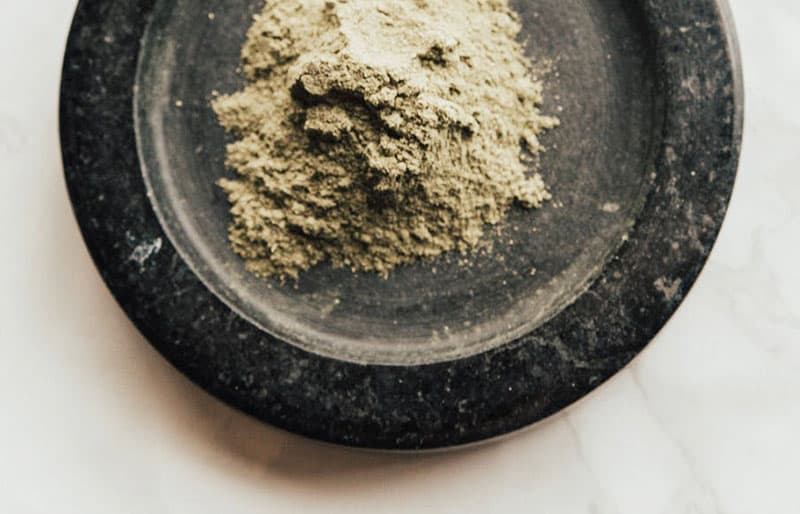
US researchers have developed a plastic alternative made from milk proteins that is lightweight, biodegradable and even edible. For the development, the milk protein Casein that makes a significant contribution to extending the shelf life of packaged foods. In principle, milk protein therefore offers the opportunity to extend the shelf life of packaged foods. Reduce food waste.
As the packaging is also edible, there is a further advantage for storing soups, for example. This could simply be thrown into a pot together with its contents and cooked. According to research, however, the major disadvantage of this plastic alternative is that it is no longer sufficiently water-repellent at higher temperatures. It will therefore be some time before we can talk about a real alternative material to plastic made from crude oil.₆
4. bioplastic made from corn starch
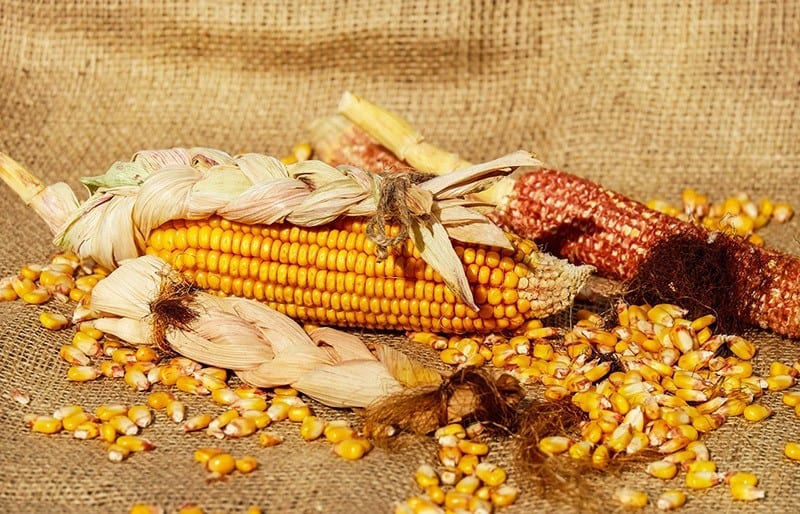
Basically, this alternative for plastic refers to the use of Strengthsuch as from corn or even potatoes.
Polylactic acid (PLA) is produced during the manufacture of such bioplastics. The plant starch is converted into a polymer through the process, resulting in a plastic product such as a plastic bag. Visually, the products hardly differ from conventional materials, which is why they are often labeled "biocompostable".₇
The advantages of this plastic alternative from research include, for example, the fact that no toxic chemicals are used in the manufacturing process and that these cannot be transferred to our food. Allergies are also ruled out, as the allergen profiles are lost during production. The disadvantages are, for example, that plastics made from corn starch are less heat-resistant and do not decompose quickly enough to simply dispose of existing products in the compost.
5. algae as plastic alternative
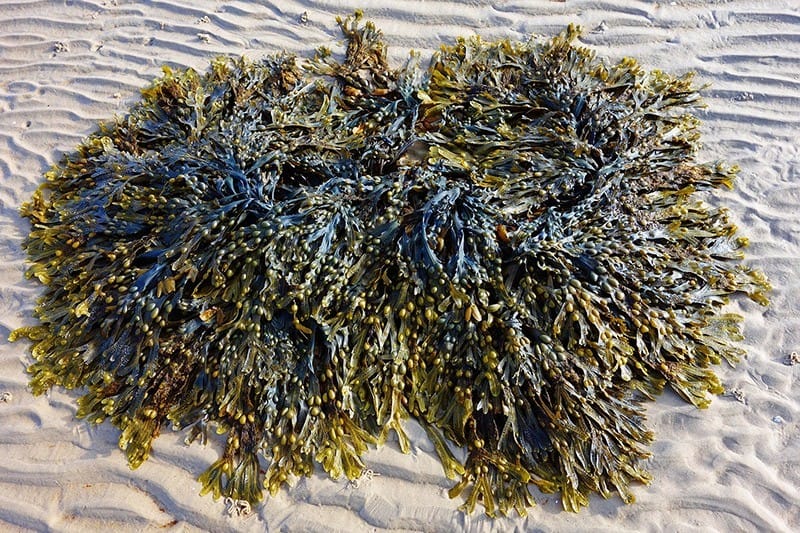
Yes, you heard right! Even from the algae, which are usually a bit of a nuisance when swimming in the sea, it is possible to produce a plastic that is similar to the plastic we are familiar with. The material is then biodegradable and even edible. With the help of the so-called Spherification a kind of natural shell or waterproof skin is formed through which liquids can be stored. The main advantage over conventional plastic bottles is that no toxic pollutants such as Microplastics can pass into the beverage. The algae also have a short and high growth rate and are relatively undemanding to cultivate.₈
The British StartUp Ohoo is said to have invented this type of packaging. The German fast food chain Nordsee is also working intensively with researchers on an algae-based alternative to plastic.
If research can produce a sustainable plastic alternative from algae that is ready for series production and, above all, edible, this would be an important step. Because then the algae would not have to be laboriously recycled or incinerated with limited technical resources.
6. plastic from hemp
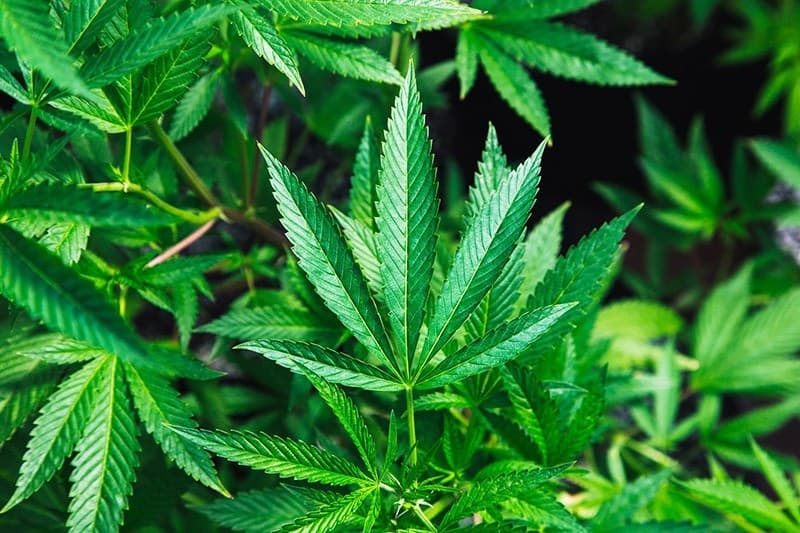
Hemp could actually be a significant alternative to plastic. Research is already very advanced in this area. The hemp fibers are removed from the strands of the plant, leaving around 77% Cellulosefrom which plastic is already being made today.
The resulting material looks like ordinary plastic and is also very light. The big advantage is, of course, that plastic made from hemp is biodegradable. The plant grows very quickly and also binds CO2 and thus helps at the same time to Stop climate change.
However, the cultivation of industrial hemp is still prohibited in many parts of the world, which is why there are still very few products and alternatives with plastic made from hemp.
7. plastic from shellfish
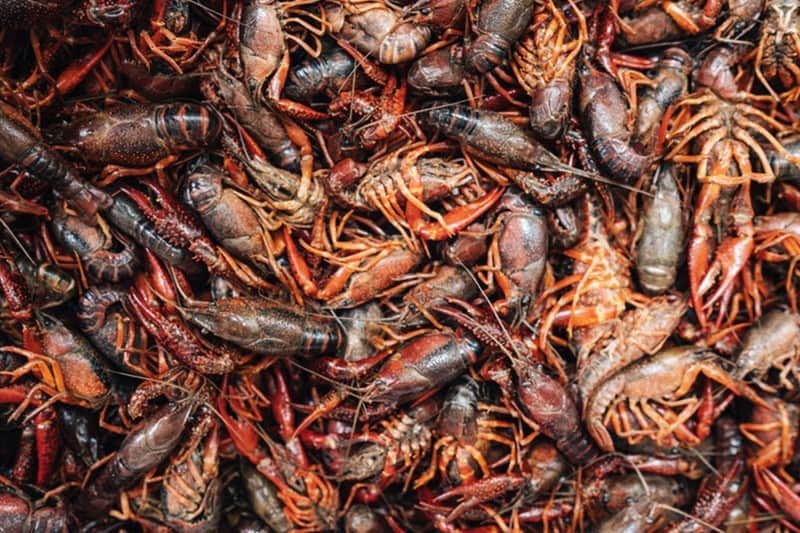
First of all, the most important thing about this possible plastic alternative from research: I am not advocating it, but merely presenting possible alternatives. Plastic from the shells of crustaceans is, of course, a fundamental argument against sustainability, vegan lifestyle.
For this plastic alternative, the smallest amount of Chitin from crab shells is combined with cellulose from trees and a film made from lactic acid plastic. Researchers have already produced a cling film from this, which can be used, for example Keep food for longer than conventional cling film. (see this article of the world)
According to researchers, chitin can be obtained as a waste material from the shellfish industry. The plastic alternative would then be biodegradable in any case. However, it remains questionable whether a mass-produced plastic can actually be produced in this way.
Promising plastic alternatives from research?
As you can see, there are many good approaches that give hope for the ONE ideal alternative for plastic. However, it is not yet fully developed, which is why we still need to be patient with the research.
Basically, with bioplastics there is always the risk that people will dispose of something in the environment because they believe it will decompose. So here too, caution is advised until a material is praised to the skies.
Until the replacement material has been found, our only option is to live plastic free and to avoid waste as much as possible.
Have you made your own experiences with plastic alternatives or do you have any questions or suggestions regarding this article? Then feel free to leave me a comment.
Stay clean,

PS: If you want to know more about the waste-avoiding Zero Waste Lifestyle then I can offer you my Online Course 30 Days To Zero Waste to the heart.
References:
₁ https://www.businessinsider.de/studie-zeigt-produktion-von-plastik-hat-dramatisch-zugenommen-2017-7
₂ https://www.nabu.de/natur-und-landschaft/meere/muellkippe-meer/muellkippemeer.html
₃ https://www.umweltbundesamt.de/themen/tueten-aus-bioplastik-sind-keine-alternative
₄ https://deutsche-wirtschafts-nachrichten.de/2015/01/06/bio-material-der-zukunft-pilze-als-baustoff-ersetzen-plastik
₅ https://gizmodo.com/amazonian-mushroom-eats-indestructible-plastics-5880768
₆ https://reset.org/blog/die-milch-machts-essbare-verpackungen-aus-milchproteinen-koennten-plastik-ersetzen-04112018
₇ http://www.greenworld365.com/de/what-are-corn-starch-biocompostables-aka-pla-plastics
₈ https://www.sciencedirect.com/science/article/pii/S0960852418313610?via%3Dihub

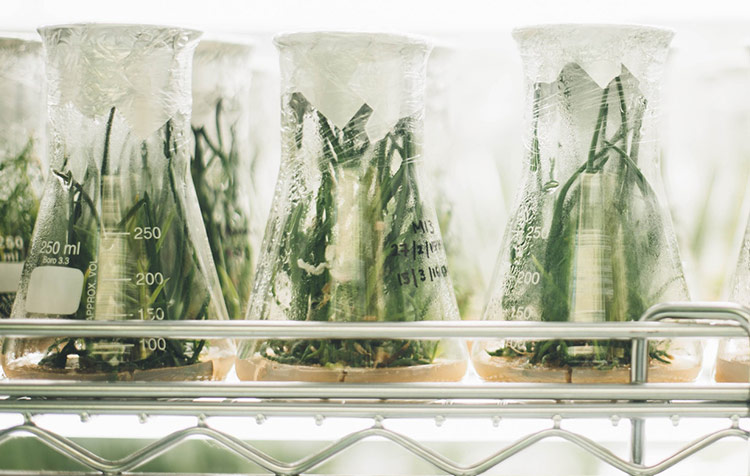

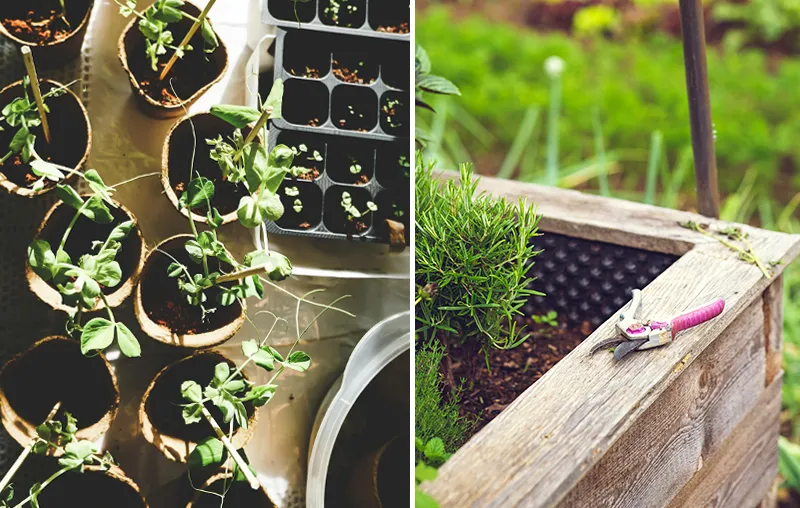
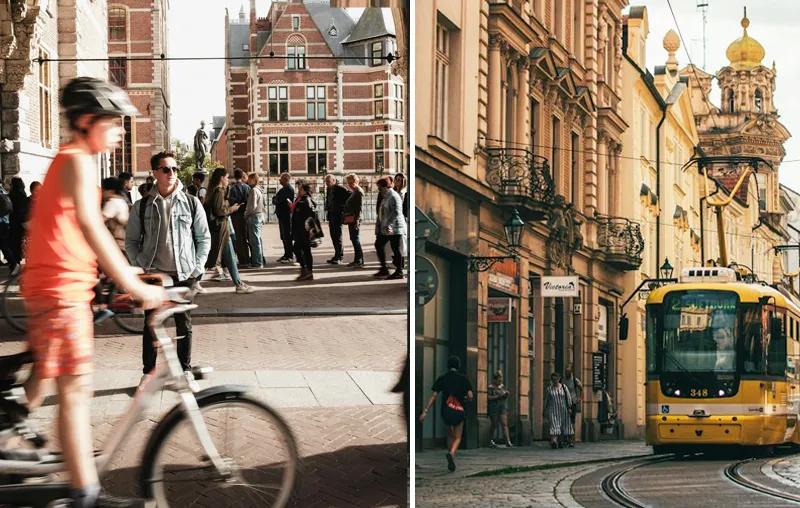


Hi! Now the only question is: Where can I find links to the manufacturers?
THX
Hello Alex! Many are (international) research projects and not direct manufacturers. Since such projects are often dropped again, I have nothing linked here. First of all, you can't avoid doing your own research. But about a sustainable search engine you should quickly find contacts there 🙂
Best regards
Christoph